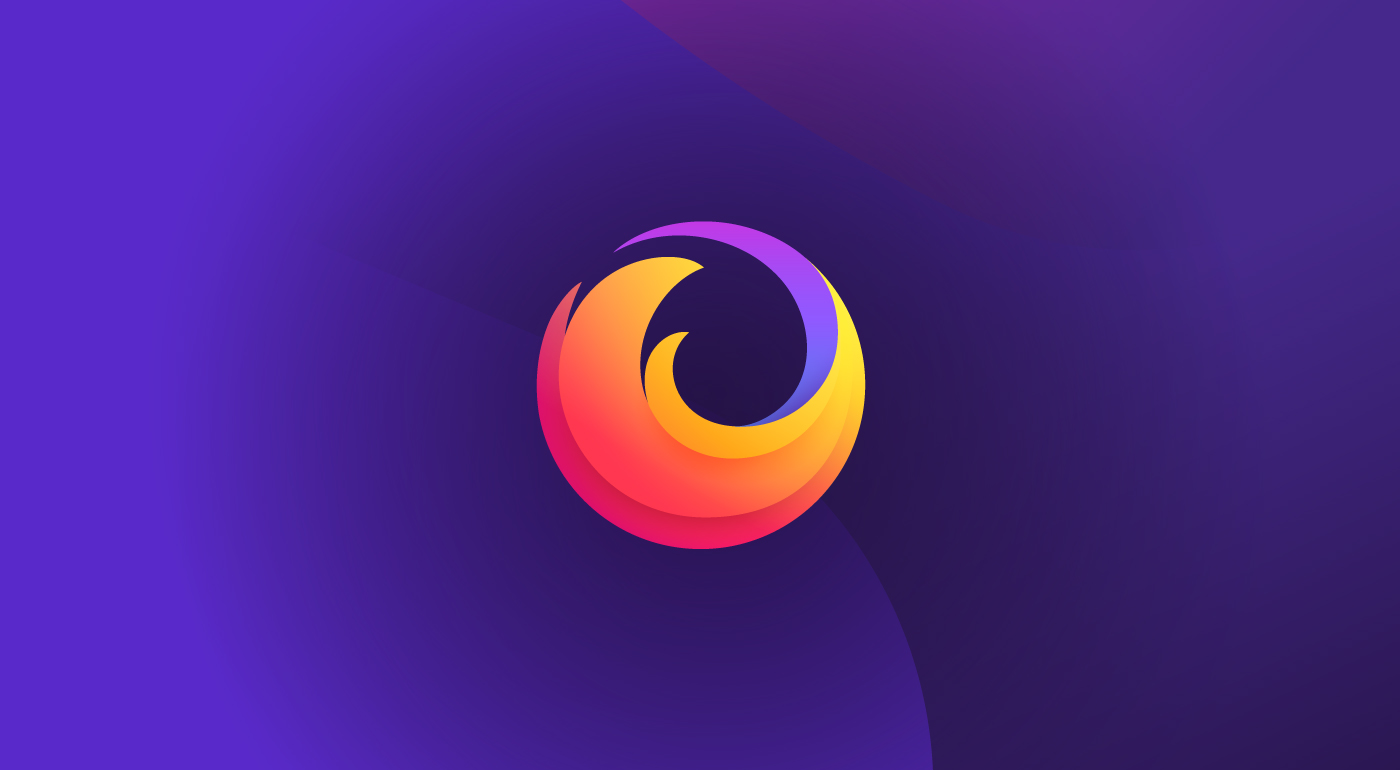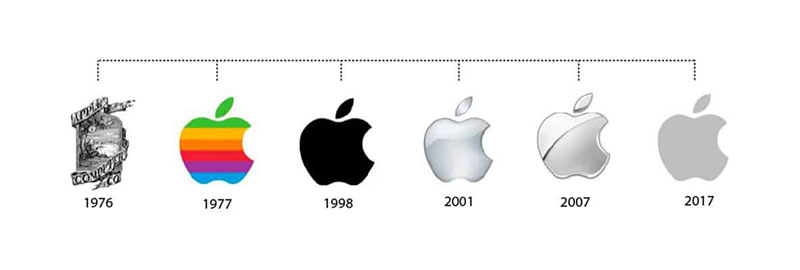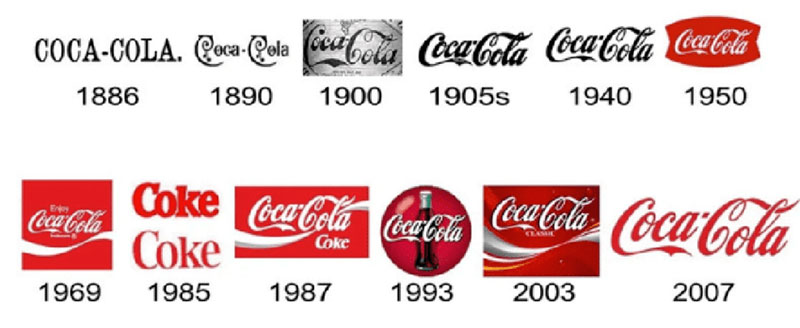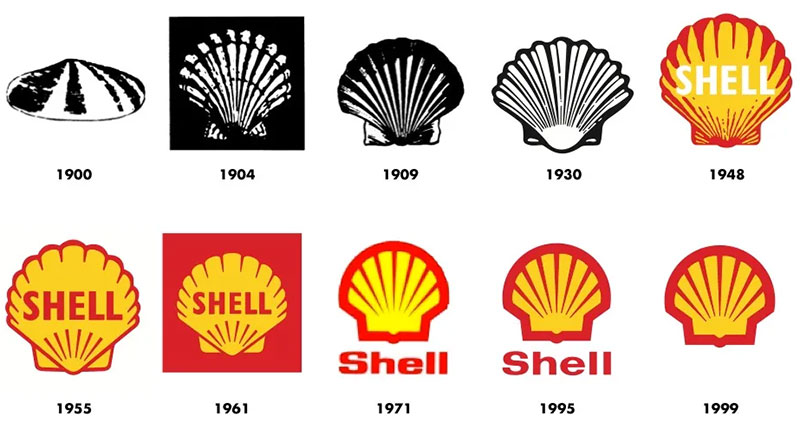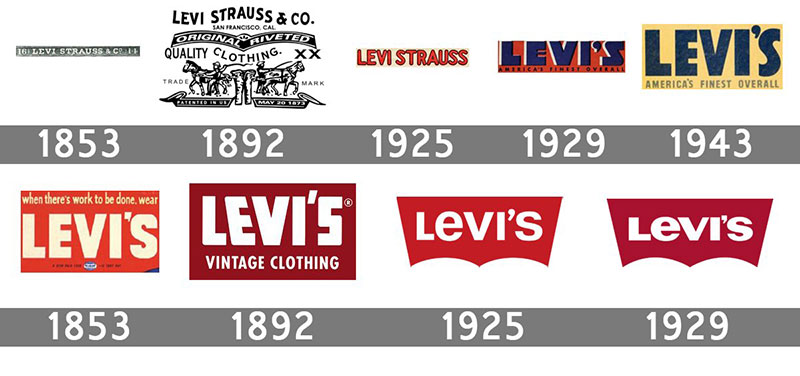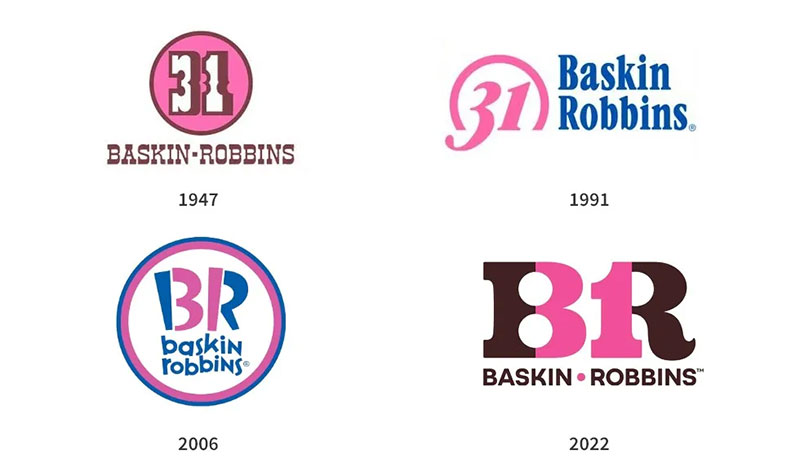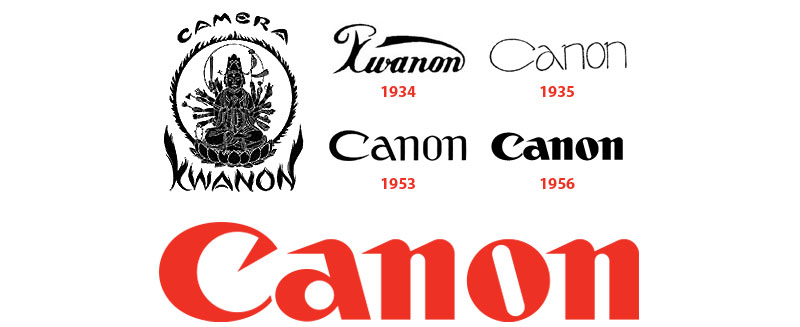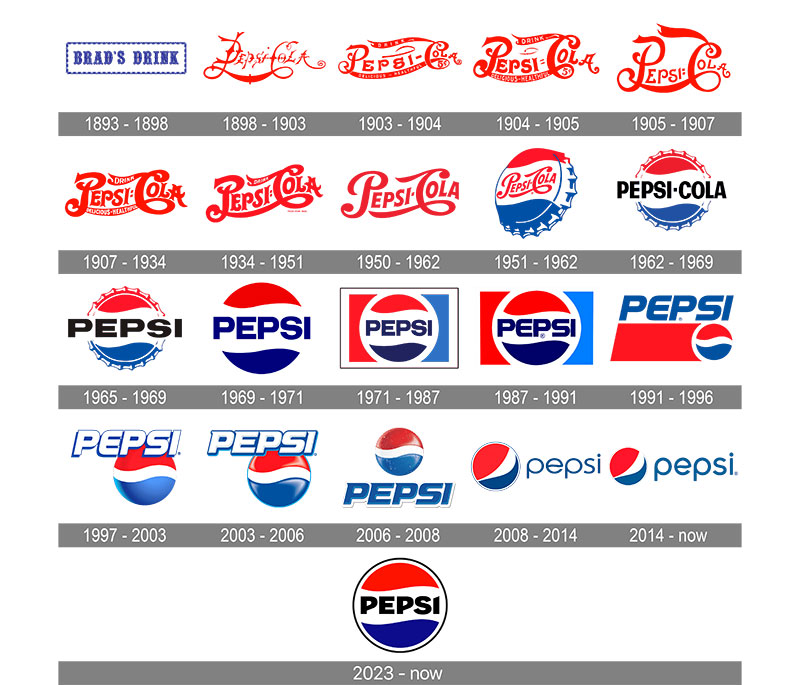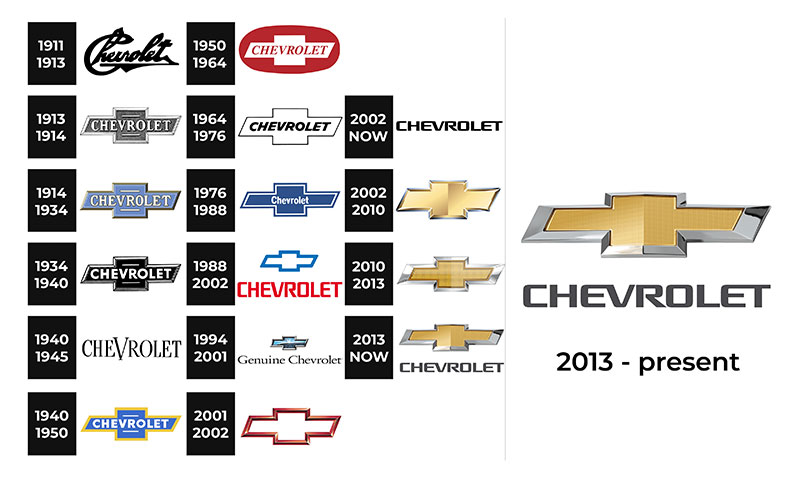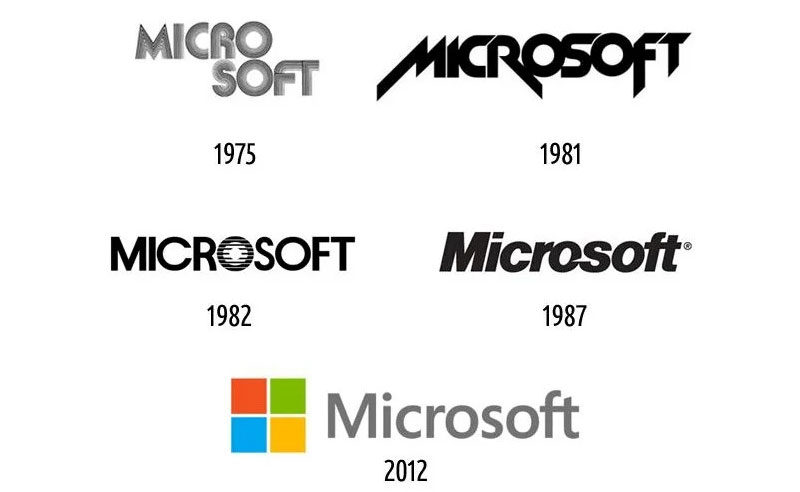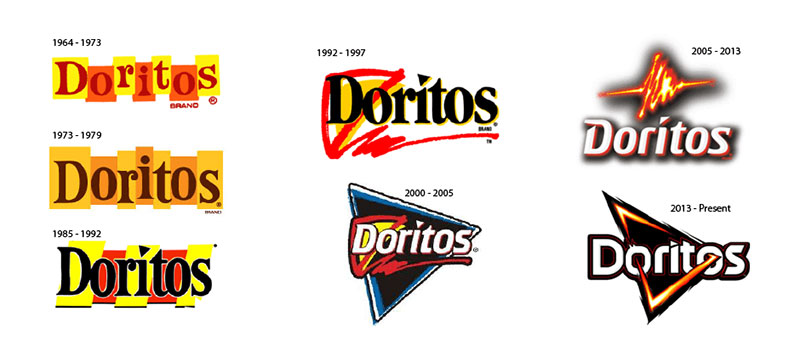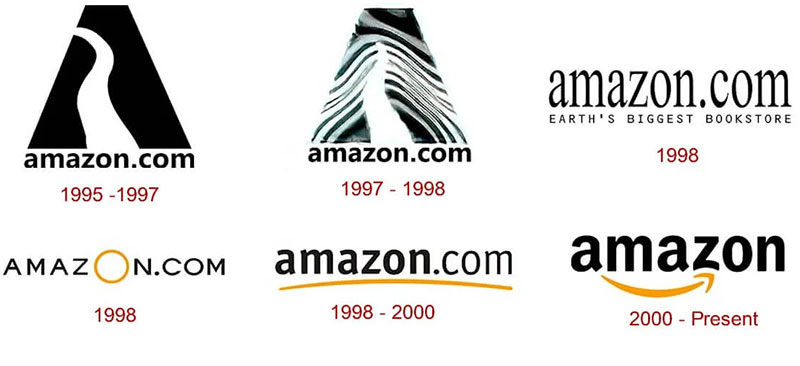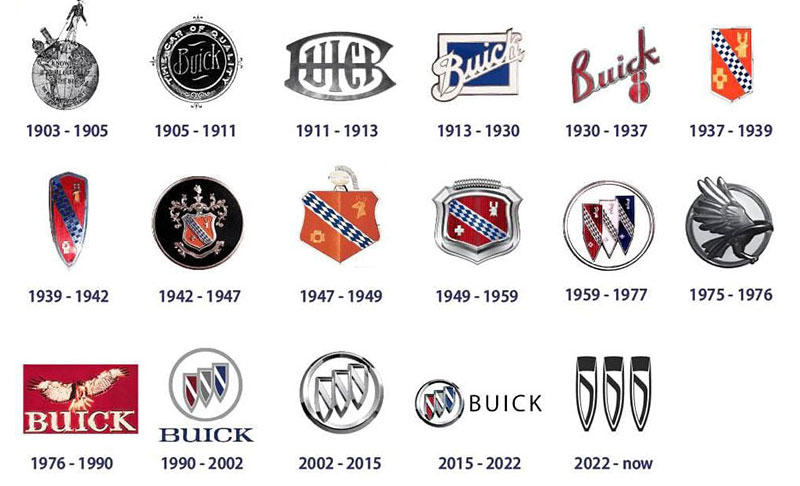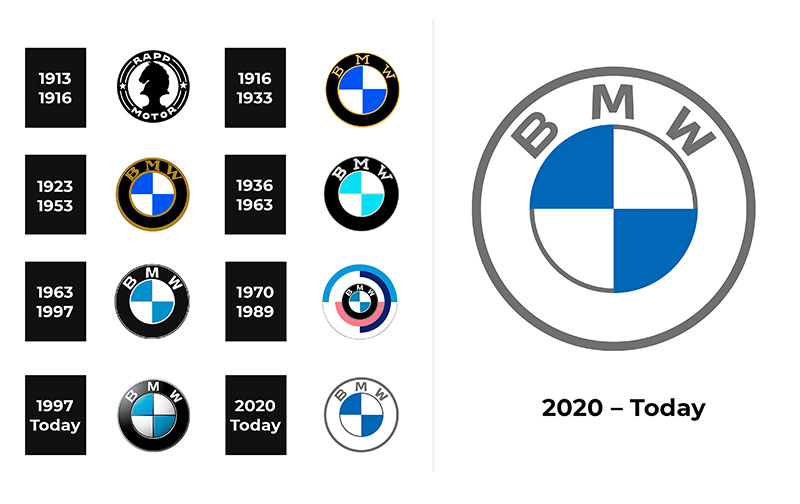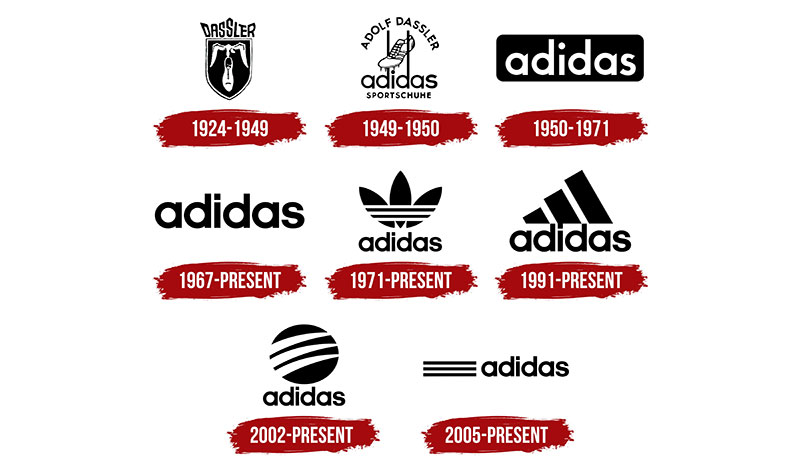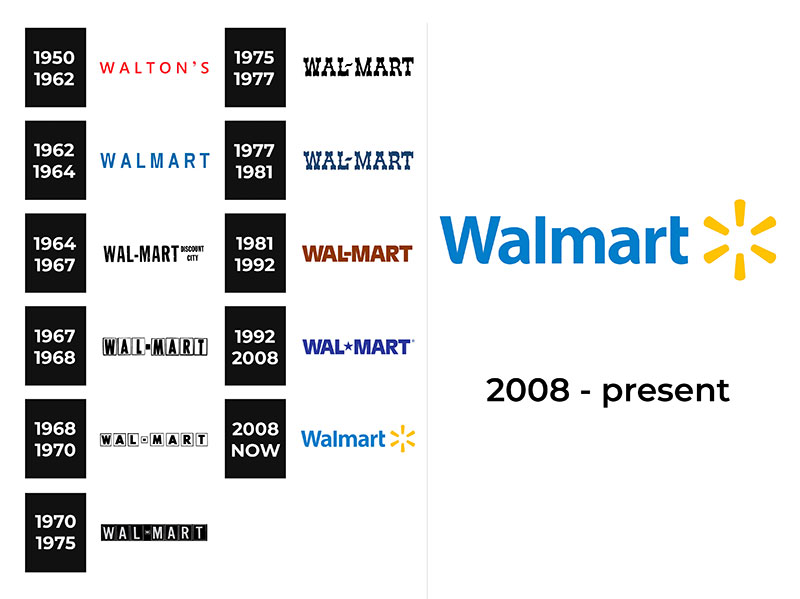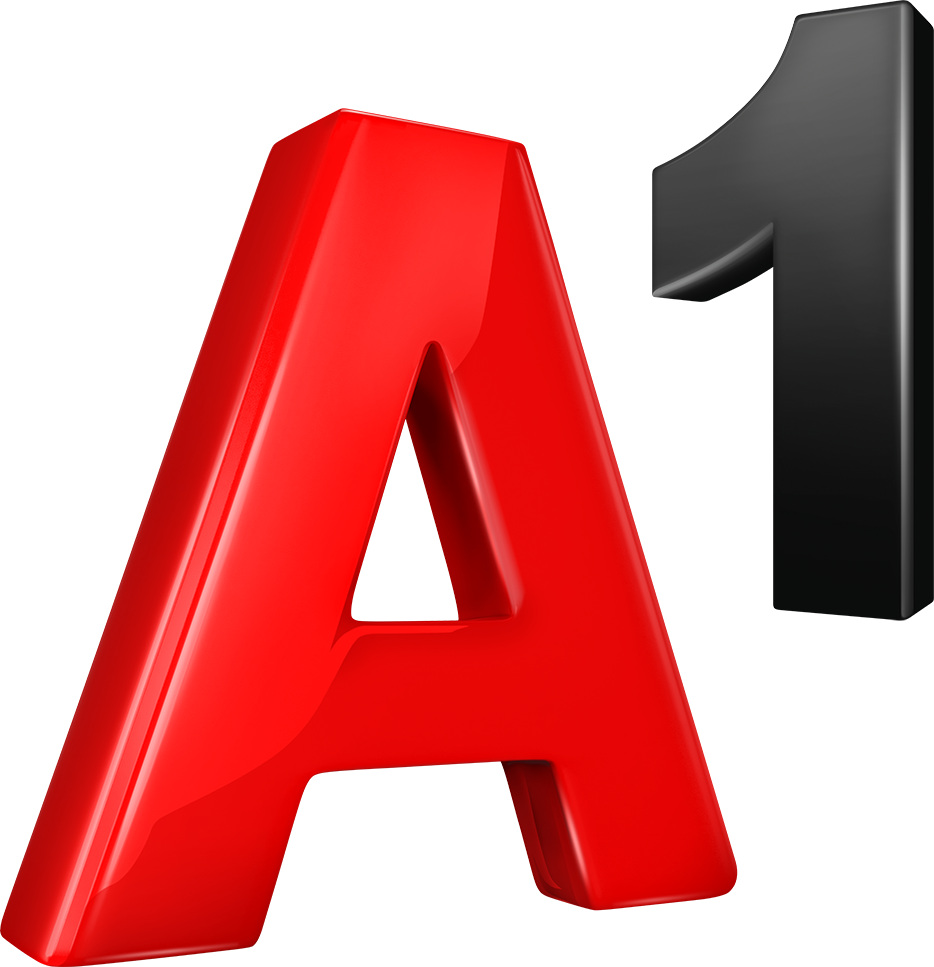Joij21
🔥It's Joever!🔥
but I feel like this break towards austerity started with the Recession.
So, what do y'all think? Is the flat design trend of the last decade a simple fad that will cycle out in time? Is it (as I suspect some of my fellow lefties on this board would suggest) a symptom of late stage capitalism, as companies take self-cannibalizing austerity to it's natural conclusion? Is it something else entirely?
Steve Jobs made the minimalist aesthetic cool. After the recession when companies were down and trying to look for the next big thing to rebound they all just decided to copy the general Apple design for everything. Because after all if Apple was able to power through in the bad times and gain worldwide recognition (through the smartphone) to become a fortune 500 company, just copy what they do they didn't seem to be hurt. And conveniently enough it just so happens to be cheaper to mass produce without being too offensive to the eye (as in brutalism). Less risky too.
It will end when we get another big tech guru who forces his personal aesthetic onto the market place simply by proving he can get richer quicker then the rest of them on Wall Street and Silicon Valley. Then everything will copy and remain they same until the next guru and the next one after that.
Aesthetics are now determined by singular tech bros.

 .
. .
.





